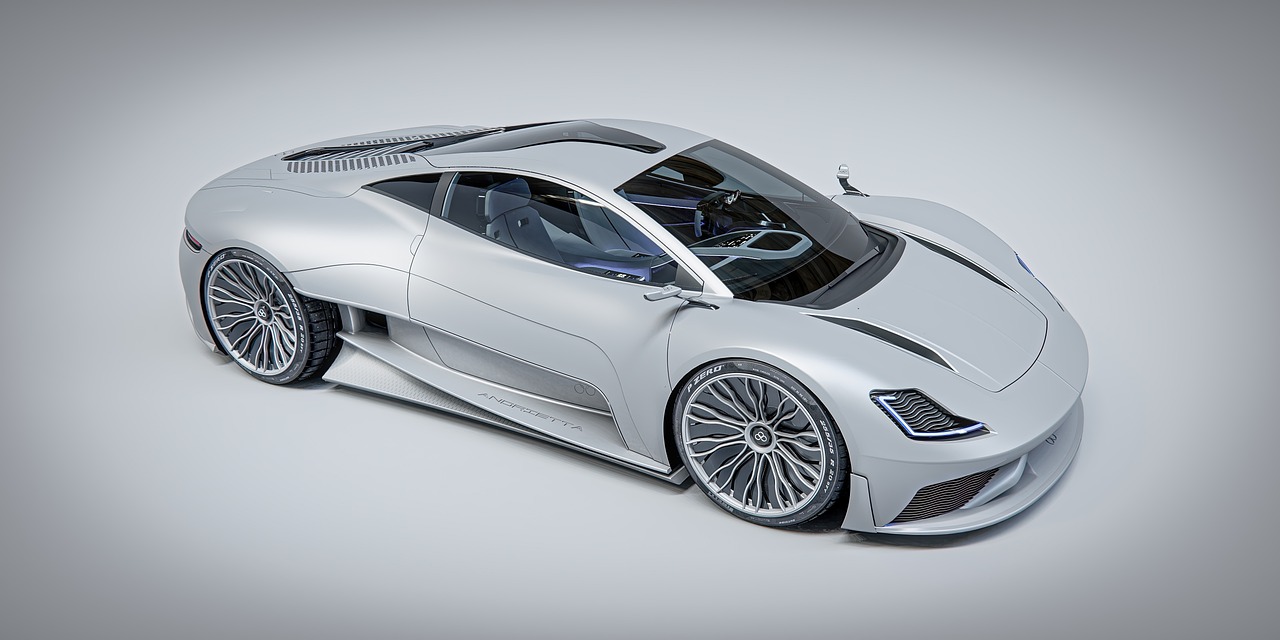The Psychology of Car Interior Space: Comfort, Accessibility, and Ergonomics
The interior design of a vehicle plays a significant role in shaping driver behavior. The layout and placement of controls, as well as the overall ergonomics of the cabin, can impact the level of comfort and convenience for the driver. A well-designed interior can enhance the driving experience by reducing distractions and promoting better focus on the road ahead.
Furthermore, the use of quality materials and finishes can contribute to a sense of luxury and refinement, which in turn can positively influence the driver’s mood and overall satisfaction with the vehicle. By creating a space that is both visually appealing and functional, automakers can help drivers feel more connected to their vehicles and ultimately lead to safer and more enjoyable journeys.
The Influence of Color and Texture on Passenger Experience
Color and texture play a significant role in shaping passenger experience within a vehicle. The colors used in the interior can evoke different emotions and affect the overall mood of the passengers. For example, warm colors like red and orange can create a sense of energy and warmth, while cooler tones such as blues and greens can induce feelings of calmness and serenity.
In addition to color, the texture of materials used in the interior design can also impact passenger experience. Soft and plush textures can make passengers feel comfortable and relaxed, while smooth and sleek textures may give off a more sophisticated and modern vibe. Finding the right balance between color and texture is crucial in creating a harmonious and inviting space for passengers to enjoy their journey.
How does interior design impact driver behavior?
Interior design can greatly affect driver behavior by creating a comfortable and visually appealing environment that can reduce stress and increase focus while driving.
How does color influence passenger experience?
Color can affect passenger experience by creating different moods and emotions. For example, warm colors like red and orange can create a sense of energy and excitement, while cool colors like blue and green can create a calming and soothing atmosphere.
What role does texture play in passenger experience?
Texture can enhance the overall sensory experience of passengers by providing tactile stimulation and adding depth to the design. Textures like smooth leather can evoke a sense of luxury, while rough textures can add a sense of ruggedness.





